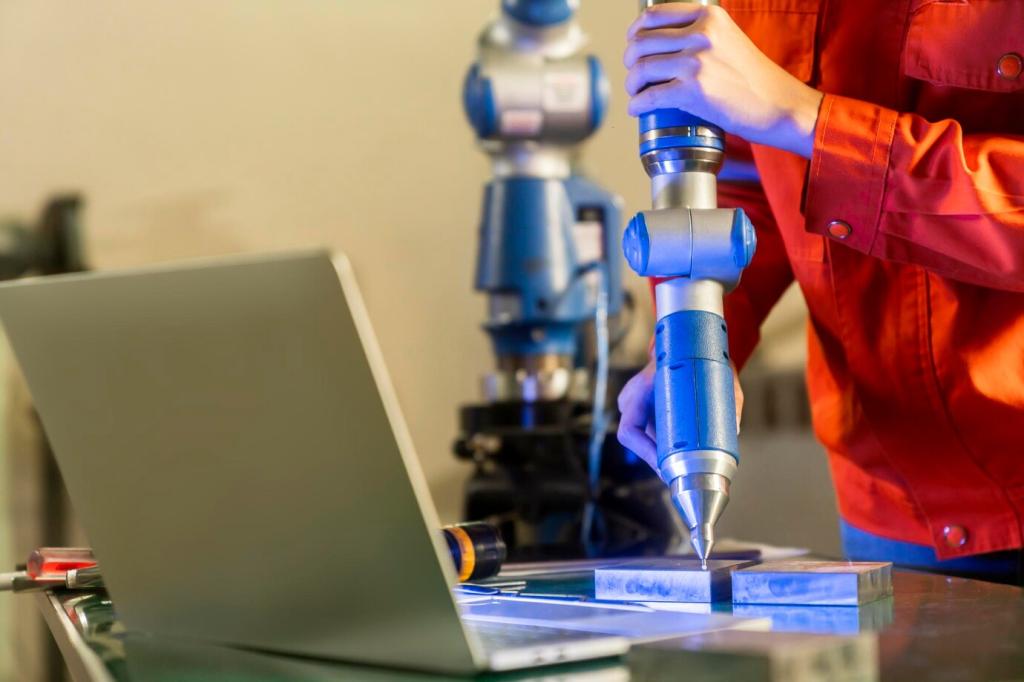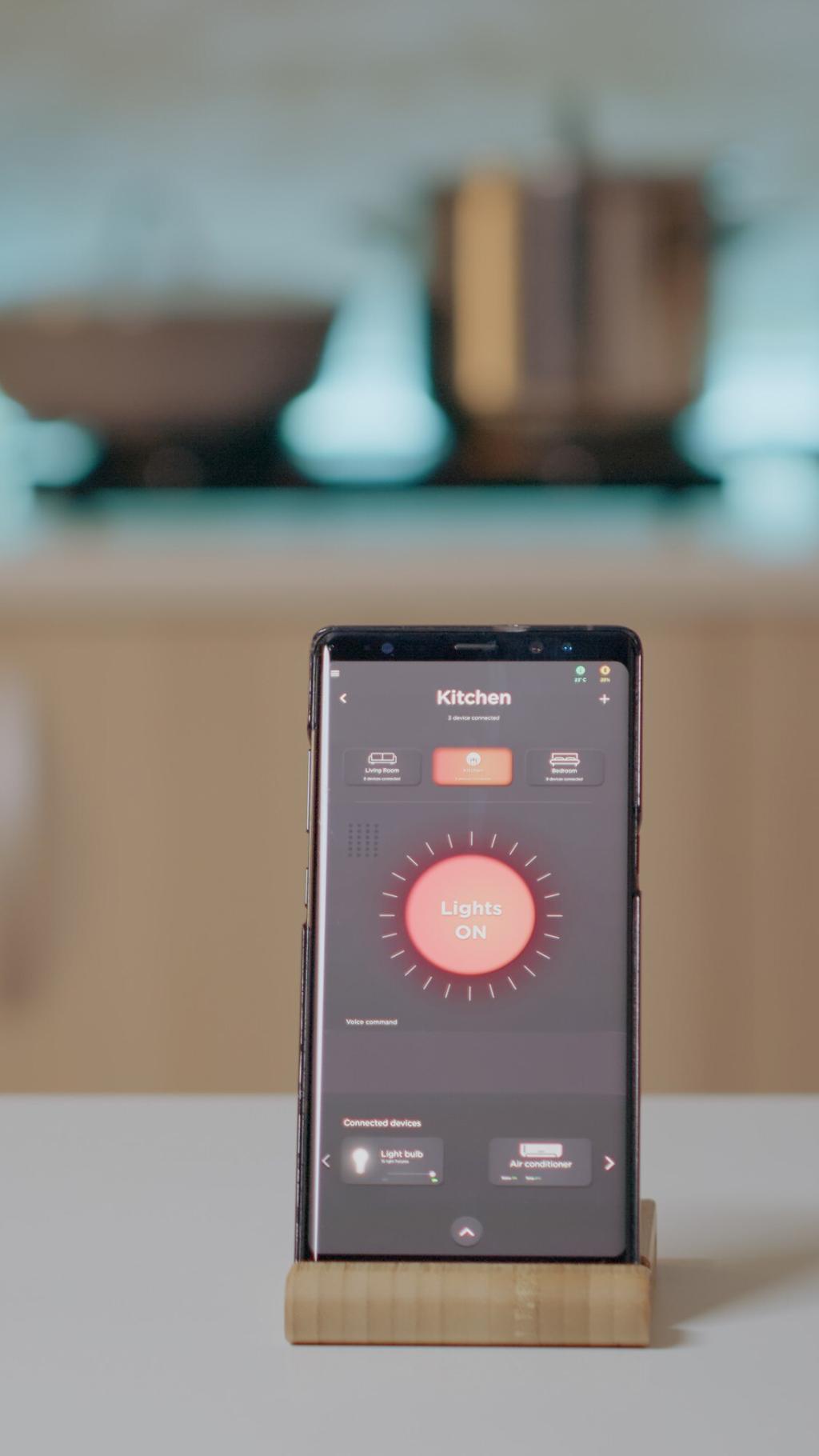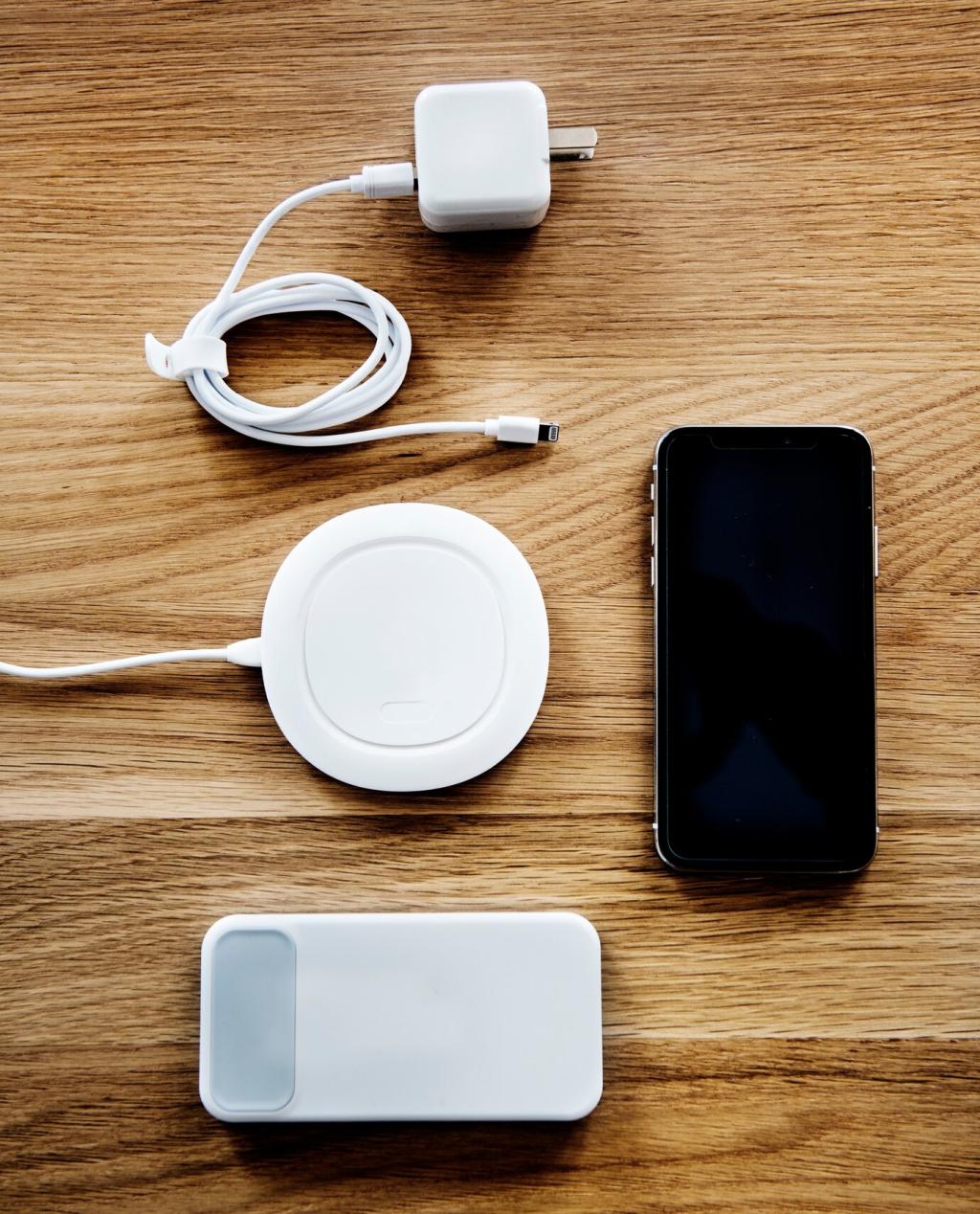
Integrating AI in Home Automation: Make Every Room Think With You
Chosen theme: Integrating AI in Home Automation. Step into a smarter home where intuition meets technology—rooms that adapt, routines that learn, and comfort that quietly anticipates your needs. Join us, share your ideas, and help shape what intelligent living feels like.
Designing an AI-Ready Home Ecosystem
List lights, thermostats, cameras, plugs, and sensors, then sketch how data moves. AI thrives on context: occupancy, temperature, luminosity, power usage, and routines. When you understand your signals and triggers, intelligent behaviors become predictable, stable, and delightfully useful.
Designing an AI-Ready Home Ecosystem
Favor ecosystems that grow with you: Home Assistant, Matter, Thread, Zigbee, and reliable Wi‑Fi. Interoperability reduces friction, while local control improves speed and privacy. With solid protocols, integrating AI in home automation feels unified rather than cobbled together.
Designing an AI-Ready Home Ecosystem
Instead of rules like “turn on at 7,” capture intent like “make mornings bright when we’re awake.” AI can detect presence, light needs, and comfort preferences. Begin small, measure results, then expand confident that your automations reflect real human moments.
Privacy, Security, and Control by Design
Run AI inference at the edge whenever possible to keep personal data at home. Use the cloud for non-sensitive tasks like weather, firmware, or aggregated insights. This balance preserves privacy while delivering the convenience people love and expect.

Energy, Comfort, and Cost Optimization
AI models forecast temperature swings, occupancy, and preferred setpoints, preheating or precooling just in time. Many households report noticeable savings and steadier comfort, especially when doors, windows, and weather patterns are factored into adaptive, data-informed climate decisions.
Vision, Sound, and Sensor Fusion
Presence Without False Positives
Blend motion, phone geofences, CO₂ trends, and power signatures for reliable occupancy. AI can tell if you’re actually home, not just passing a hallway. The lights respond gently, the music follows you, and comfort stays a step ahead.
Computer Vision Used Responsibly
Perform on-device vision to detect deliveries, pets near doors, or stove knobs left on. Avoid facial recognition unless all residents consent. With respectful boundaries, vision becomes a guardian for convenience and safety rather than an intrusive observer.
Sound as a Subtle Signal
Non-speech audio like door knocks, glass breaks, or washer beeps can trigger helpful automations. Edge models classify patterns locally. When combined with other sensors, sound adds confidence that your home understands situations holistically, not in isolated fragments.
Stories from Real Homes
Their home warms the kitchen as the coffee grinder hums, soft jazz follows from room to room, and lights rise slowly. When grandparents visit, accessibility settings widen door delays and brighten hallways. Share your Sunday rituals and inspire our readers.

Stories from Real Homes
Maya used a few sensors and a smart plug to tame a drafty studio. AI preheats only when her commute shortens and dims lights when the sunset reflects off a nearby building. Comment with your tiny-space victories or clever compromises.
